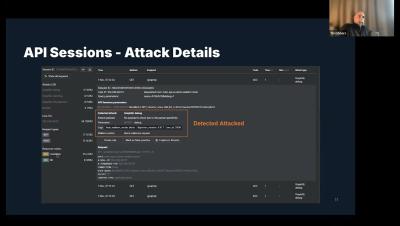How AI Can Help Law Firms Ensure Cybersecurity
Artificial intelligence is now being used in many sectors and can have very positive effects. Routine jobs that people no longer want to deal with are given to artificial intelligence and completed efficiently. One of these sectors can be the cyber security sector. Many companies need to ensure their cyber security, including law firms, and artificial intelligence can help companies in this regard.











